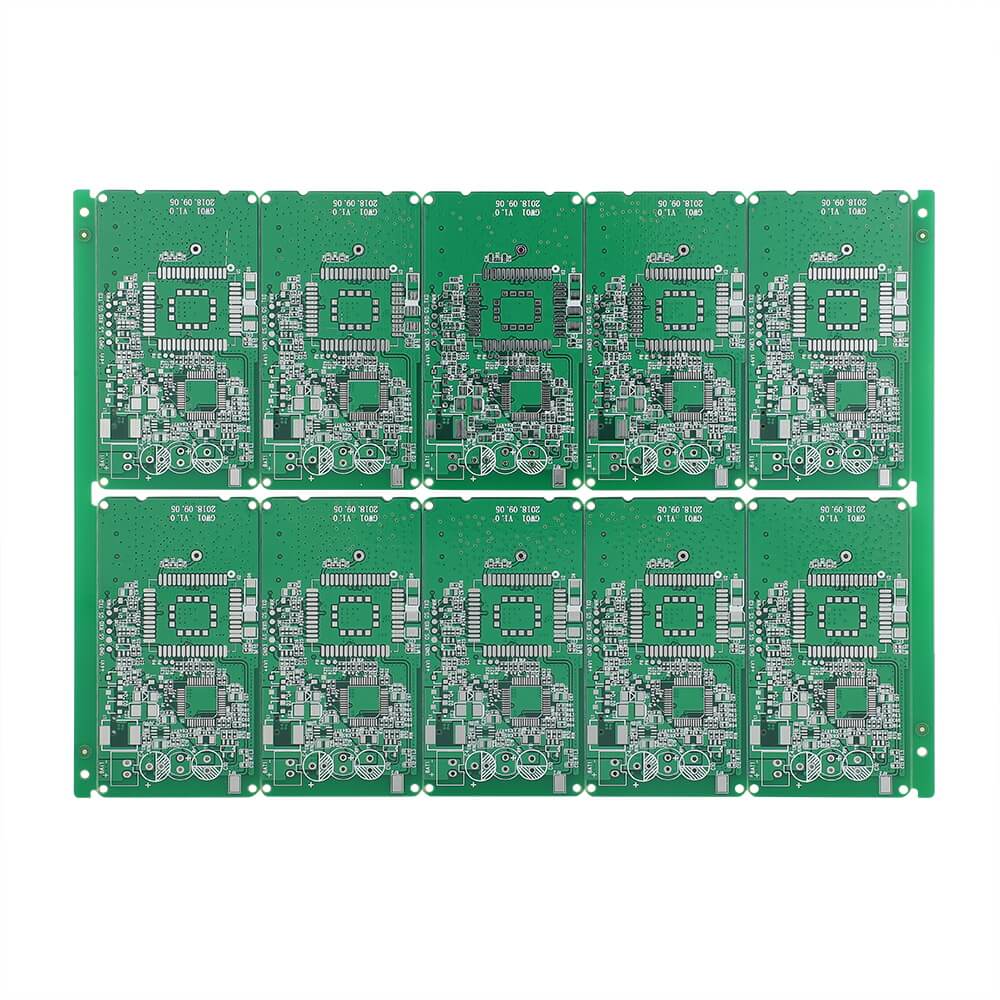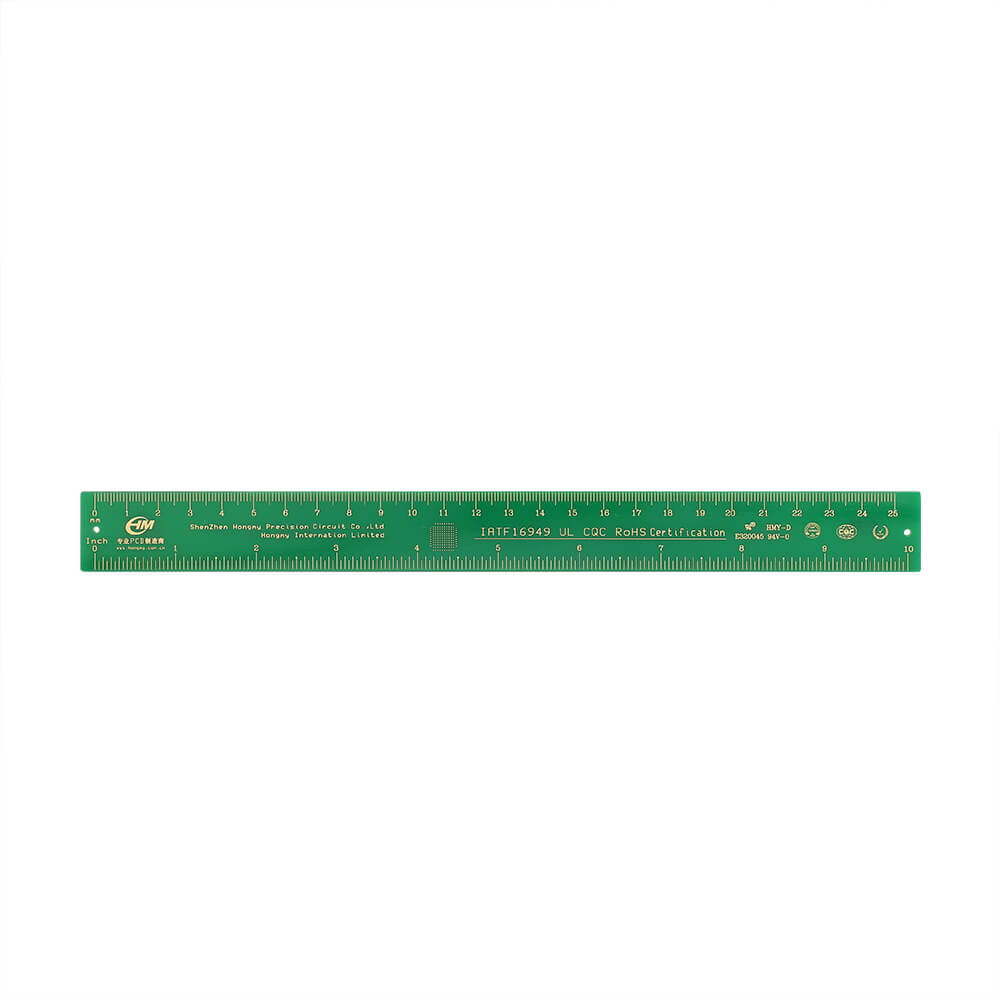In today's fast-paced technological landscape, the demand for more compact, reliable, and versatile electronic devices has led to the development of innovative solutions like Rigid-Flex PCBs. These hybrid circuit boards combine the best of both rigid and flexible circuits, making them ideal for a wide range of applications. But the question arises: can Rigid-Flex PCBs be customized for specific applications? The answer is a resounding yes.
Understanding Rigid-Flex PCBs
Rigid-Flex PCBs are a combination of rigid and flexible circuit board technologies. The rigid sections provide structural stability, while the flexible sections allow for bending and flexing, making them perfect for use in complex, space-constrained environments. This unique design offers several advantages, including reduced size and weight, increased reliability, and enhanced performance.

Customization Possibilities for Specific Applications
One of the key strengths of Rigid-Flex PCBs is their ability to be customized to meet the specific needs of various applications. Here’s how they can be tailored for different industries:
1. Medical Devices
In the medical field, devices often require compact and reliable components that can operate in demanding environments. Rigid-Flex PCBs can be customized to fit the small, intricate designs of medical devices such as pacemakers, hearing aids, and imaging equipment. The flexibility of these PCBs allows for easy integration into devices with unique shapes and limited space, while the rigid sections provide the necessary support for mounting components.
2. Consumer Electronics
Consumer electronics, such as smartphones, tablets, and wearable devices, demand lightweight and compact solutions. Rigid-Flex PCBs can be customized to minimize the footprint of the electronic components, allowing for slimmer and more portable designs. The flexibility of the PCB enables manufacturers to maximize the use of space within the device, ensuring that performance is not compromised.
3. Automotive Industry
The automotive industry increasingly relies on electronic systems for safety, entertainment, and navigation. Rigid-Flex PCBs can be customized for use in harsh automotive environments, where they must withstand vibrations, temperature fluctuations, and other challenging conditions. These PCBs can be designed to fit into tight spaces within the vehicle, such as dashboards, engine compartments, and lighting systems, providing robust and reliable performance.
4. Aerospace and Defense
Aerospace and defense applications require electronics that can perform under extreme conditions, such as high altitudes, intense pressure, and rapid temperature changes. Rigid-Flex PCBs are ideal for these environments, as they can be customized to endure these stresses while maintaining functionality. The flexibility of the PCB allows for easy installation in confined spaces, such as avionics systems, satellites, and military equipment.
5. Industrial Equipment
In industrial applications, machinery and equipment often require rugged electronic components that can withstand heavy use and harsh environments. Rigid-Flex PCBs can be customized to meet the demands of industrial equipment, providing durability and reliability in applications such as robotics, automation systems, and control panels. The ability to combine rigid and flexible sections allows for more efficient use of space and enhances the overall design of the equipment.

The Customization Process
The customization of Rigid-Flex PCBs involves several steps to ensure they meet the specific requirements of the application:
Design Consultation: Manufacturers work closely with clients to understand the unique needs of their application, including the desired dimensions, performance specifications, and environmental conditions.
Material Selection: The choice of materials is crucial in customizing Rigid-Flex PCBs. Manufacturers select the appropriate materials for both the rigid and flexible sections based on factors such as thermal resistance, flexibility, and durability.
Prototyping and Testing: Before full-scale production, prototypes of the customized Rigid-Flex PCBs are created and rigorously tested to ensure they meet the required specifications and performance standards.
Production: Once the prototypes are approved, the PCBs are produced in the necessary quantities, with stringent quality control measures in place to ensure consistency and reliability.
Conclusion
Rigid-Flex PCBs offer unparalleled versatility and can be customized to meet the specific demands of various industries. Whether in medical devices, consumer electronics, automotive systems, aerospace, defense, or industrial equipment, these PCBs provide a robust solution that enhances performance while reducing size and weight. By working with experienced manufacturers like those at HongMy Circuits, businesses can develop customized Rigid-Flex PCBs that meet their exact needs, ensuring their products remain competitive and reliable in the market.

